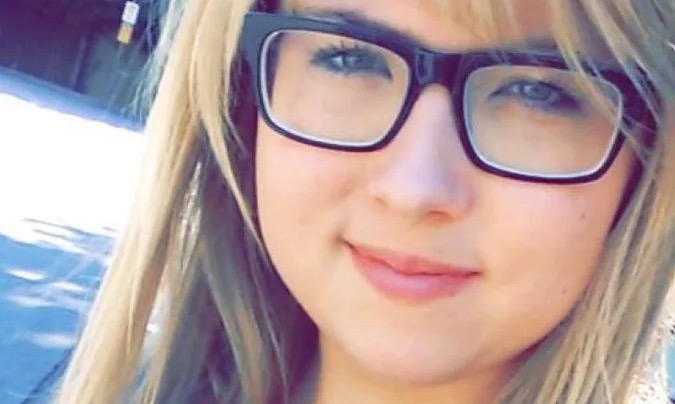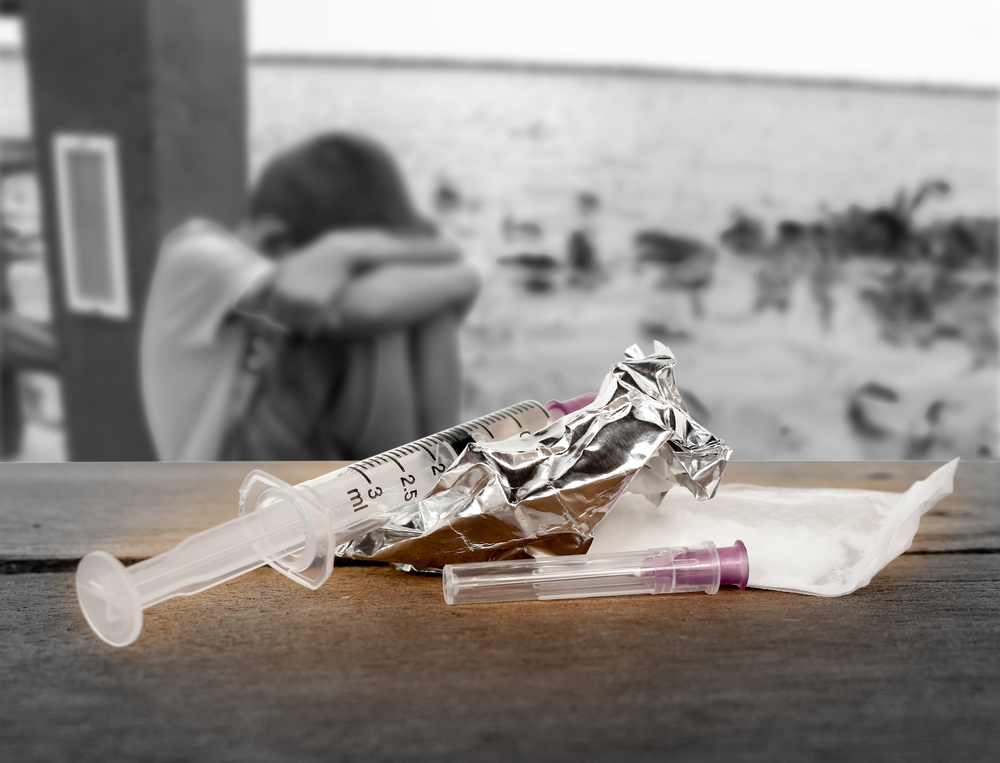
Gwynevere “Gwyn” Staddon was a kind and fun-loving young woman. She always noticed those in need, offering a helping hand, a kind word, or a smile.
At the same time, the gifted athlete was struggling with something many other teens face.
Found dead at Starbucks
Gwynevere Staddon’s mother, Veronica Staddon, always imagined her daughter stepping into the public eye one day. But she never imagined it would happen in such a tragic way.
In 2016, Gwynevere, from Coquitlam, Canada, was a 16-year-old gymnastics instructor on the cusp of her 17th birthday. She was full of energy, loved gymnastics, and enjoyed playing sports for fun. She was set to start Grade 12 that fall — but she never got the chance.
Tragically, Gwynevere was found dead one Sunday evening by a Starbucks employee in the coffee shop’s restroom. She was unresponsive and could not be revived, according to Port Moody police. Authorities discovered a small amount of drugs and paraphernalia nearby.
”My best friend, my daughter, my sweetheart baby … I will never stop missing you … my heart won’t stop breaking,” Veronica wrote on Facebook, according to reports at the time.
”I’ve quit, so I’m OK now, Mum”
Initially, authorities said the cause of death was uncertain. But when Veronica received the news, she immediately suspected the truth. In early interviews, she said she “completely” suspected that her daughter died from a fentanyl overdose.
Veronica explained that Gwynevere had struggled with substance abuse for some time but had told her mother she had stopped using in the three weeks prior to her death.
”I’ve quit, so I’m OK now, Mom,” Veronica recalled her daughter saying. ”It was calling out her name, and so she thought, ‘One more time.’ The one more time was the very last time.”

Gwynevere had warned her mother about the dangers of fentanyl, but she didn’t think an overdose could happen to her, Veronica said.
Veronica tried to get her daughter into rehab, but publicly funded treatment required months of waiting, and private clinics were too expensive.
”If I don’t have $50,000 available, then they are not something I can use as a resource,” she told CBC News back in 2016.
Toxicology tests reveals sad truth
She added that she had tried to help her 16-year-old daughter struggling with addiction, but the long waitlists for public programs and the cost of private clinics left her with few options.
Veronica was also vocal about the need for stronger action against drug dealers and more treatment beds for young people battling addiction. At her funeral, more than 250 people gathered to share their sorrow and frustration.
”I didn’t want to have a missed opportunity to honour her memory,” she said.
A year after her death, Coroner Adele Lambert confirmed that toxicology tests revealed heroin, a lethal level of fentanyl, and the anti-anxiety drug alprazolam, also known as Xanax. A syringe found near her body contained heroin, fentanyl, caffeine, and trace amounts of cocaine.
On the day of her death, Gwyn confided to friends that she planned to use drugs and bought heroin from a friend, fully aware it contained fentanyl.
She then went alone into the bathroom at a Starbucks in Port Moody, while her friends waited outside.
”She knew the dangers, but she was 16 and felt invincible and didn’t think things through,” family friend Shelly Herron said.
Lambert’s report detailed how school staff first became concerned about Gwynevere in 2012 and contacted the Ministry of Children and Family Development regarding her behavior.

It was around this time, when she was just 12, that she began experimenting with drugs. By 2015, she was a regular user of heroin and fentanyl.
Gwynevere had been referred to various treatment options, including in-patient detox programs and opioid substitution therapies, but “was frequently reluctant to participate in any of the programs.” She was also offered alternative living arrangements, but she chose to remain with her family.
”The representative for children and family development had also been requested to be involved as an advocate, but it is not known what services were provided,” Lambert wrote.
The coroner recommended that the Ministry “consider conducting a comprehensive review of the services provided to Gwynevere Joan Kenny-Staddon with a view to improving services and outcomes for children in the province of British Columbia.”
Public health emergency
In 2016, British Columbia declared a public health emergency amid a surge in illicit drug overdoses and deaths. Between 2011 and 2016, 2,362 confirmed overdose deaths were recorded in the province.
Gwyn’s death was just one among many, but her case received significant attention — and in a way, it was a small comfort that she didn’t become just another statistic.
The publicity around her story helped shine a light on a much larger crisis in Canada, and in many other countries as well.
And nearly a decade after Gwynevere’s death, the impact of her story is still being felt. A statement from B.C.’s Health Ministry in 2016 said the government was “committed to opening 500 substance use beds and are on track to meet our target in 2017.”
Since then, 760 new publicly funded treatment and recovery beds have been added, bringing the total to 3,780. Gwynevere’s death and her mother’s decision to speak openly about the crisis helped shine a light on the urgent need for action.
A light in the end of the tunnel?
And perhaps there is a light at the end of the tunnel.
In 2024, the British Columbia Coroners Service reported the lowest annual death toll from the province’s drug-toxicity crisis in four years.
”This doesn’t mitigate the fact that 2,253 members of our communities died in 2024, leaving behind grieving loved ones, friends, colleagues and teammates,” said Chief Coroner Dr. Jatinder Baidwan.
”Our thoughts are with all of those many, many people who have been touched by this crisis.”
The overdose crisis has stolen far too many lives across Canada and the U.S., leaving families, friends, and communities to grapple with unimaginable loss.
Each victim had dreams, laughter, and a story that mattered — and we must never let them be forgotten. Their memory calls on us to fight harder, to provide help, and to shine a light on the path toward hope and recovery.
READ MORE
- Girl, 4, orphaned after parents die in hot tub
- Fundraiser for homeless Nickelodeon actor has shocking result




